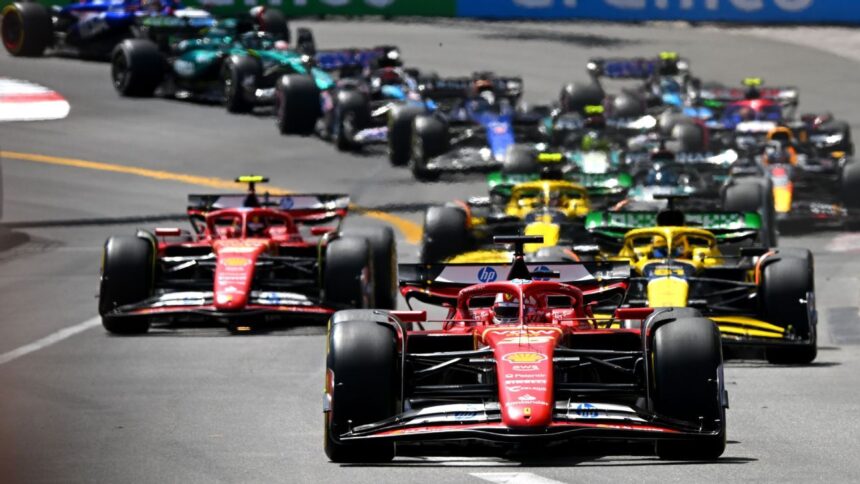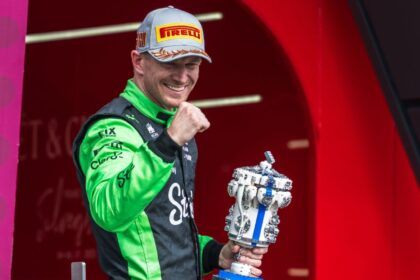El Gran Premio de Mónaco y el Reto de la Fórmula 1
The Monaco Grand Prix, known for its uniqueness, presents a paradox for Formula 1. Although the circuit offers a visually stunning experience, its characteristics make racing and overtaking difficult. The close barriers, the tunnel, and the slow circuit design pose unique challenges for drivers and teams.
The layout, which follows the same route as the inaugural 1929 race, is a visual delight, but the slowness of the circuit means that the tires can last the entire race, limiting strategies and overtaking opportunities.
The question that arises every May is how to improve the spectacle of the most famous event in the sport. While some suggest removing it from the calendar, the seven-year agreement signed by the Automobile Club de Monaco suggests that Formula 1 has no intention of sidelining its most glamorous event.
The most viable solution implemented this season is a mandatory two-stop pit strategy.
The regulation, known as Article 30.5 m of the sporting regulations, requires the use of three sets of tires and that each driver uses at least two different compounds for dry conditions, unless the track is wet. This change, in theory simple, could have a significant impact on the race dynamics.
The 2024 Monaco Grand Prix featured only seven overtakes, an average figure for the streets of Monaco.
Rudy Carezzevoli/Getty Images
The introduction of a mandatory second pit stop is, in part, a response to what happened at last year’s Monaco Grand Prix. An accident on the first lap caused a red flag, allowing all drivers to change tires. Charles Leclerc, the eventual winner, managed the pace, resulting in few overtakes.
The lack of excitement is subjective, but Ferrari team boss Frédéric Vasseur argued that the 2024 race wasn’t as bad as perceived. On the other hand, the 2022 and 2023 editions, affected by rain, were more interesting. In 2023, Fernando Alonso and Aston Martin lost the victory due to a bad tire strategy, and in 2022, Leclerc and Ferrari squandered the chance to win. The last “normal” race in Monaco, in 2021, lacked excitement, with only one overtake.
The mandatory two-stop strategy will seek to increase overtaking opportunities, especially during pit stops. In 2021, Sebastian Vettel gained positions by pitting later than his rivals. Safety cars and red flags will continue to be key opportunities for pit stops.
Pirelli will bring softer compounds to Monaco this year, which could increase tire degradation. The strategy of when and which compound to use will be crucial. Some suggest that drivers outside the top ten could pit on the first lap to gain positions and take advantage of potential red flags or safety cars.
Andrea Stella, McLaren team principal, believes the key is to treat the race like any other, but with more restrictions. Vasseur also warns of potential complications, such as the narrowness of the pit lane.
For years there has been talk of changing the design of the Monaco circuit to improve overtaking opportunities, but it’s hard to imagine what it would be like. Changes in regulations are easier to implement than modifying the layout. The two-stop pit stop rule is an attempt to improve race strategy and avoid races without strategy.
Tim Goss, Racing Bulls’ technical director, believes that the implementation of new ideas is a sign of progress in the sport. The worst-case scenario would be that the race doesn’t improve, but it is considered worthwhile to try something different.








